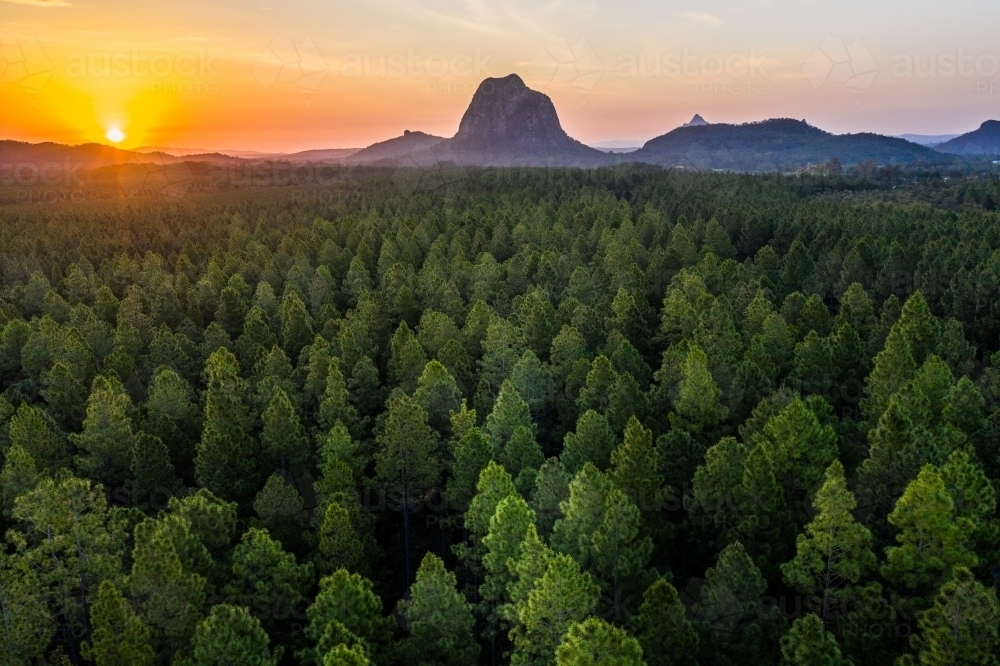
How did the location inspire you to create a book about longleaf pines?Īs a photographer, I’m always thinking about how a landscape can inform a sense of place, so I started considering my own personal history and its significance.

You grew up in the pine belt of southern Mississippi. talked to Hemard about his new book, “The Pines” (release date: February 13), mankind’s impact on southern forestry, and what can be done to preserve longleaf pine forests for future generations.

“With pine trees still prominent across the region today, the significant change of the Deep South’s landscape is easily too subtle for most people to see,” Hemard says, “and thus is often overlooked even by residents of the region whose identity and sense of place is formed around a related but now different aesthetic of the countryside.”

Equipped with a 10-year survey documenting the locations of longleaf pine stands and multiple cameras, Hemard has created one of the most complete photographic compilations of this region. Growing up in the pine belt of southern Mississippi, Chuck Hemard would explore the longleaf pine (Pinus palustris) forest adjacent to his neighborhood, but it wouldn’t be until 2010 that the photographer would embark on a seven-year project capturing what still exists of the forests of his youth. But years of deforestation by the logging and farming industries took its toll on the forested ecosystem, and today only 3 percent remains. 55 p.Before the early 20th century, longleaf pine forests were ubiquitous to the southern coastal plains, encompassing approximately 90 million acres of land. Department of Agriculture, Forest Service, Rocky Mountain Research Station. Eighty-eight years of change in a managed ponderosa pine forest. Most of the background information on the photoseries, and much more information on forest ecology and management in the Lick Creek area, can be found in the following publication: Management and succession at the Lick Creek Demonstration/Research Forest, Montana. Fort Collins, CO: Forest Service Research Data Archive. Lick Creek historic photographic series: a century of change in a ponderosa pine forest in western Montana, US.
Pine forest download#
High resolution photographs and metadata for each photopoint through 2015 are available for download through the Forest Service Research Data Archive: Most of these also sprouted after each fire. There were few tall shrubs but many low-growing ones. Each time a fire burned through, it would kill the tops of the grasses and flowers, but they resprouted from underground stems, sometimes within weeks. Records from the site tell us that the original forest had about 50 trees per acre and plenty of grass and lupine, an early summer wildflower that supplies nitrogen to the soil. These fires had little impact on large trees but killed many of the young trees, although some survived.

Fires had burned through the grass and pine litter on the forest floor every seven years, on average, since before 1600. The forest contained scattered large trees and patches of young trees. See all years for each photopoint combined at the end of this Journal of Forestry article.ĭetails about "A Century of Change in a Ponderosa Pine Forest"īefore the First Photo: In the 1900s, this was an open forest of ponderosa pine (Pinus ponderosa), typical of millions of acres of forest in the western United States. This photoseries documents changes in a ponderosa pine forest from 1909 to 2015. In a forest, where individual trees can live for centuries and new plants replace old plants, it is not easy to visualize the changes that occur over time. Living things change constantly, as do communities of living things.


 0 kommentar(er)
0 kommentar(er)
